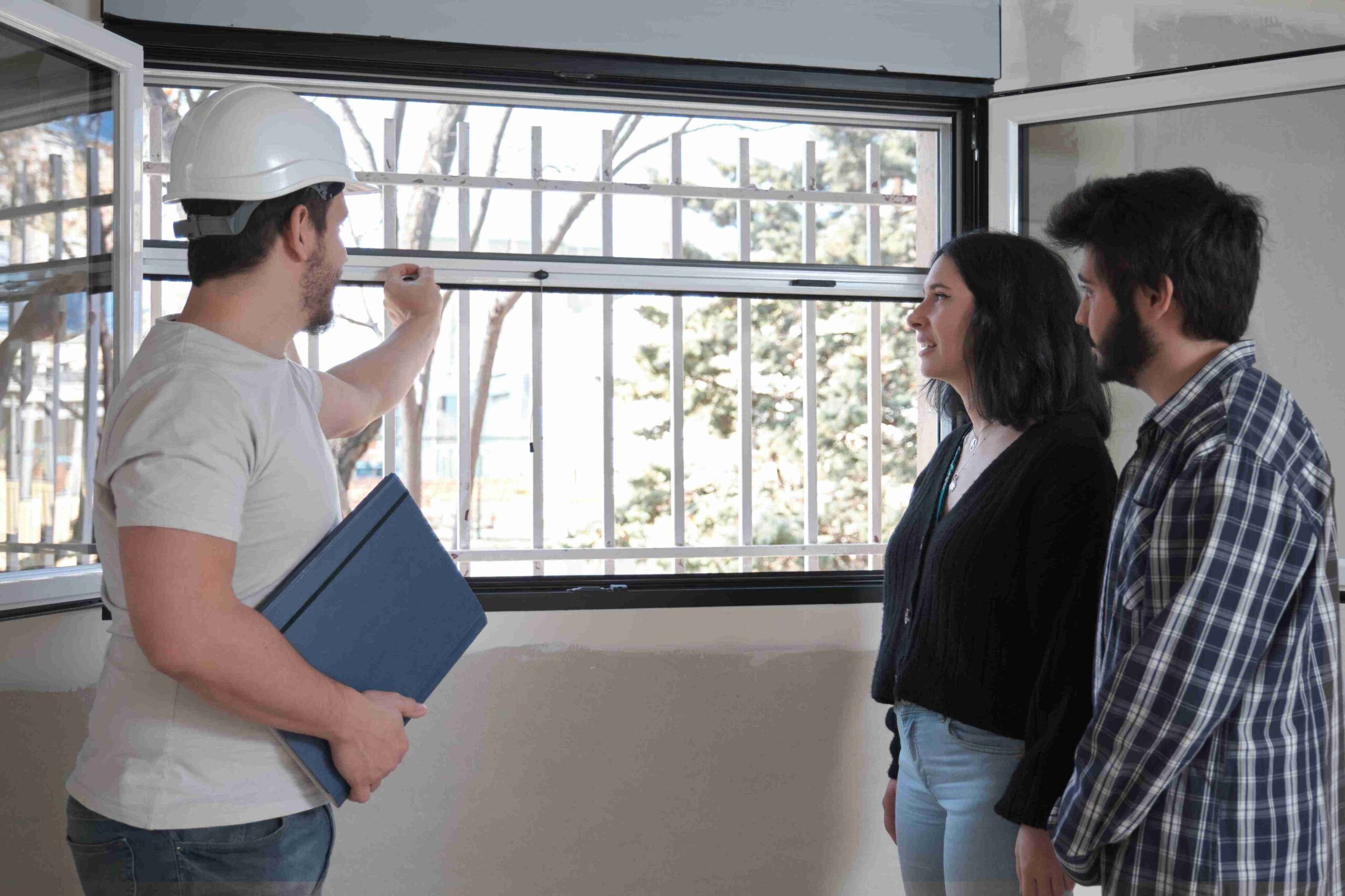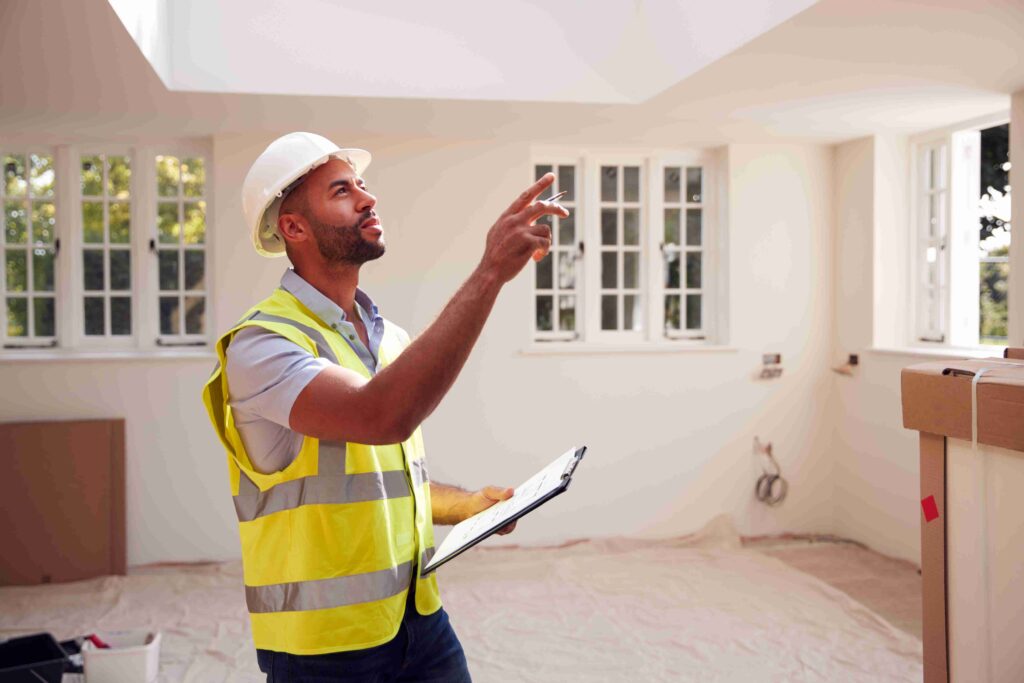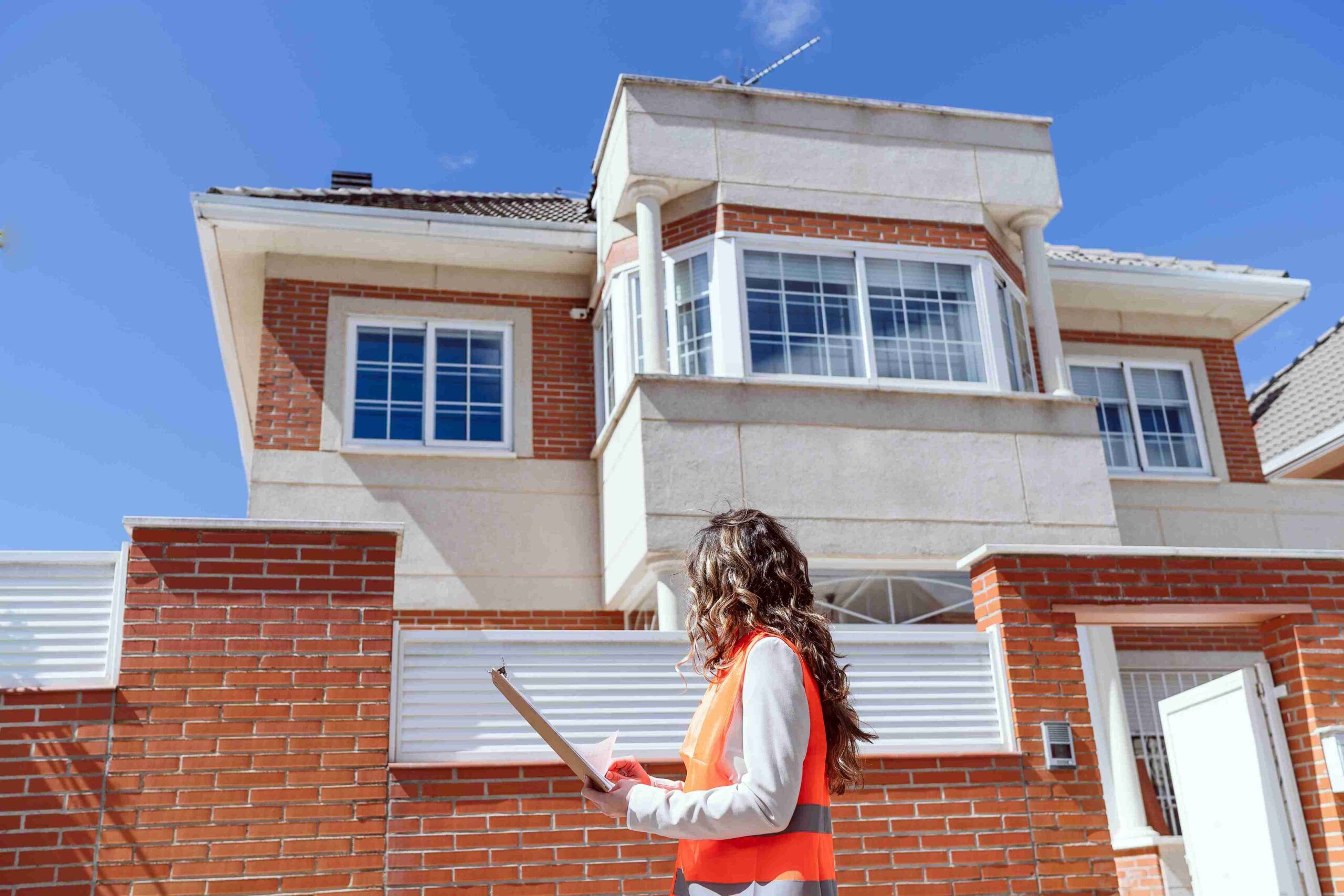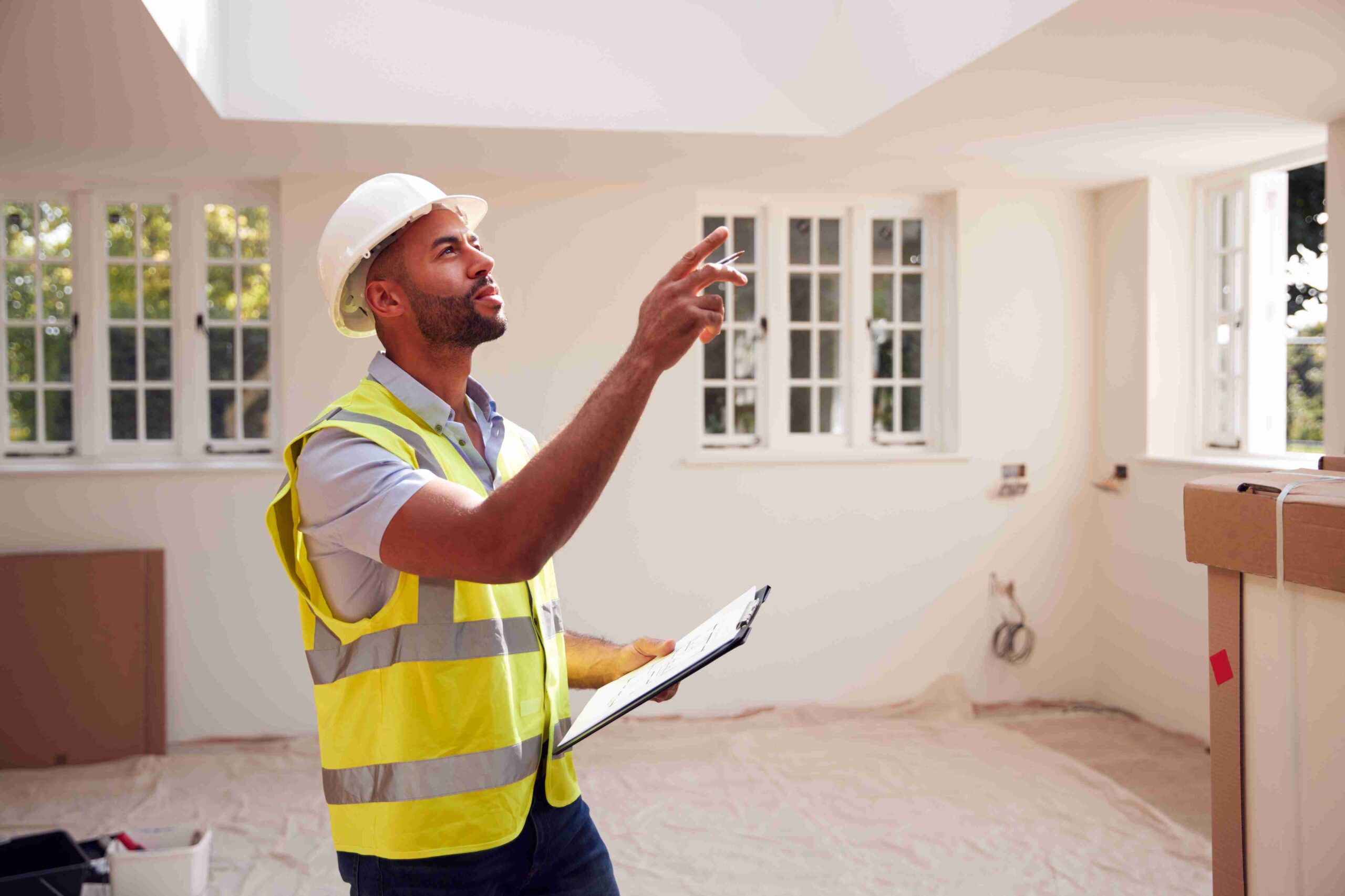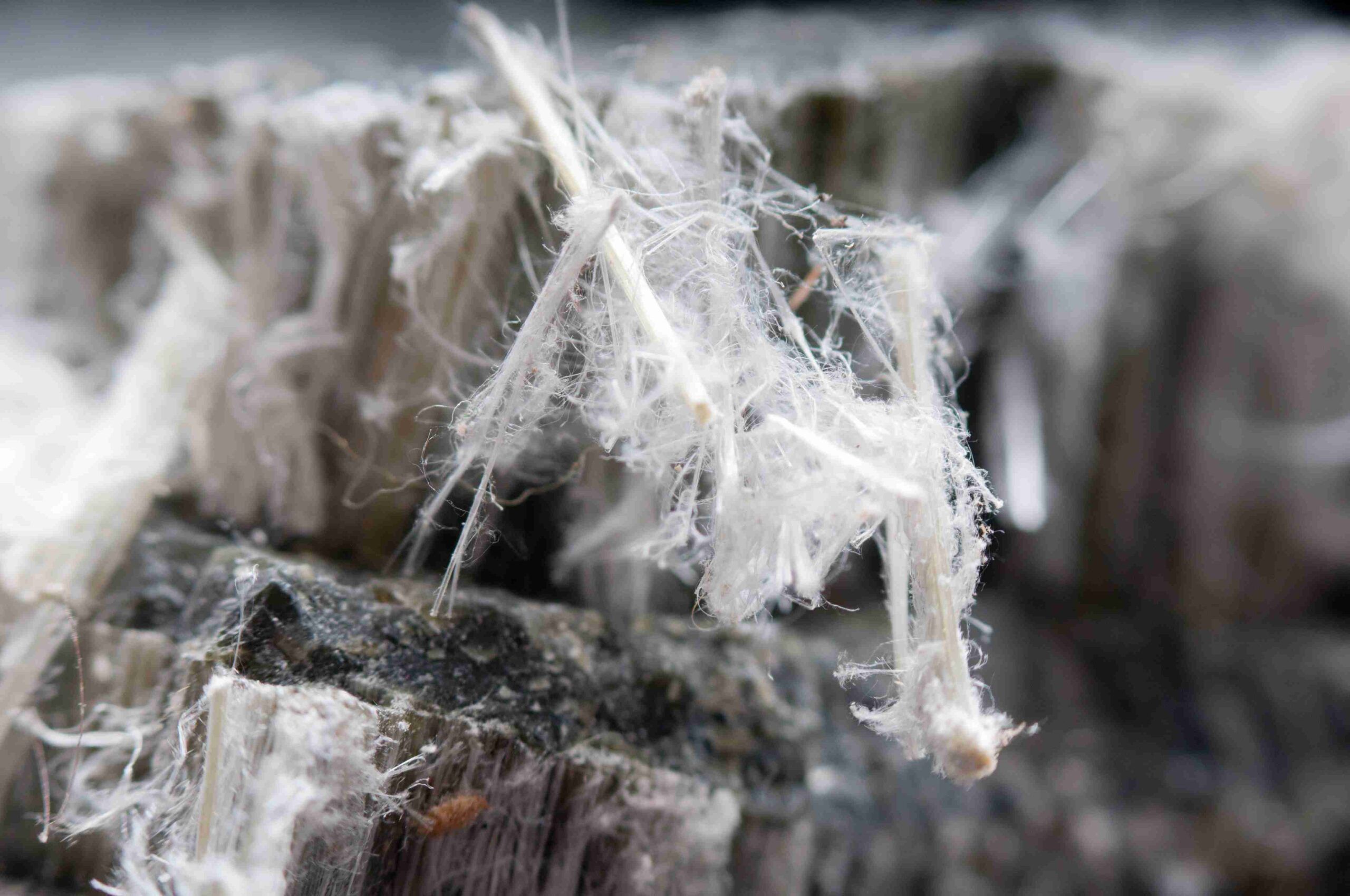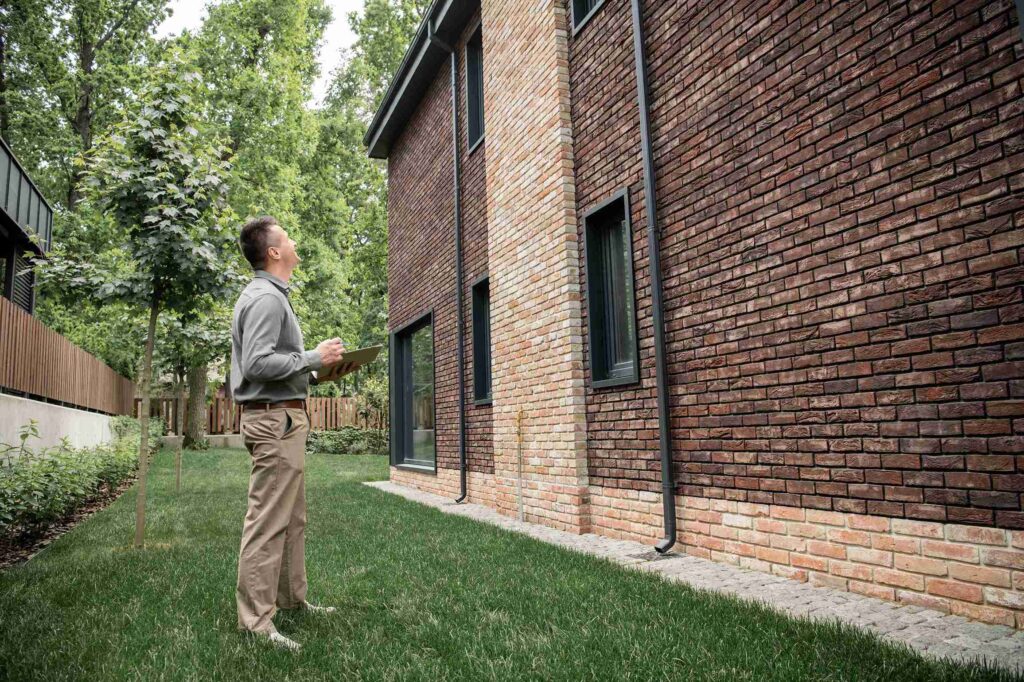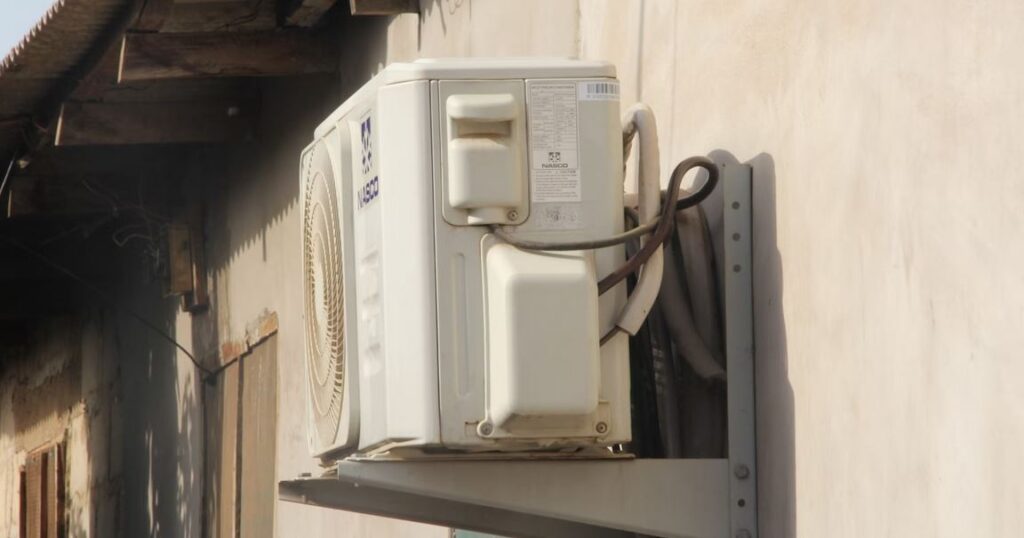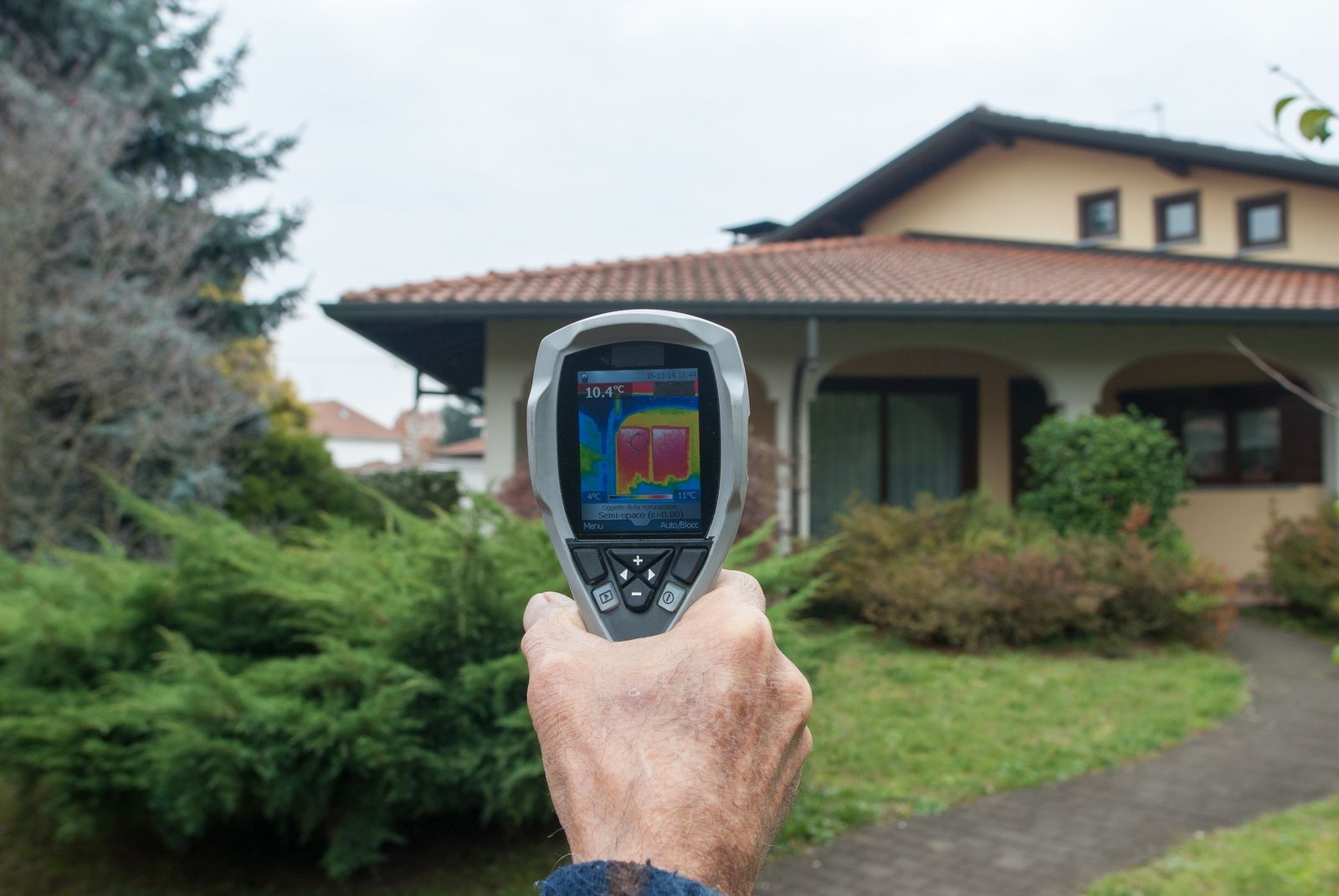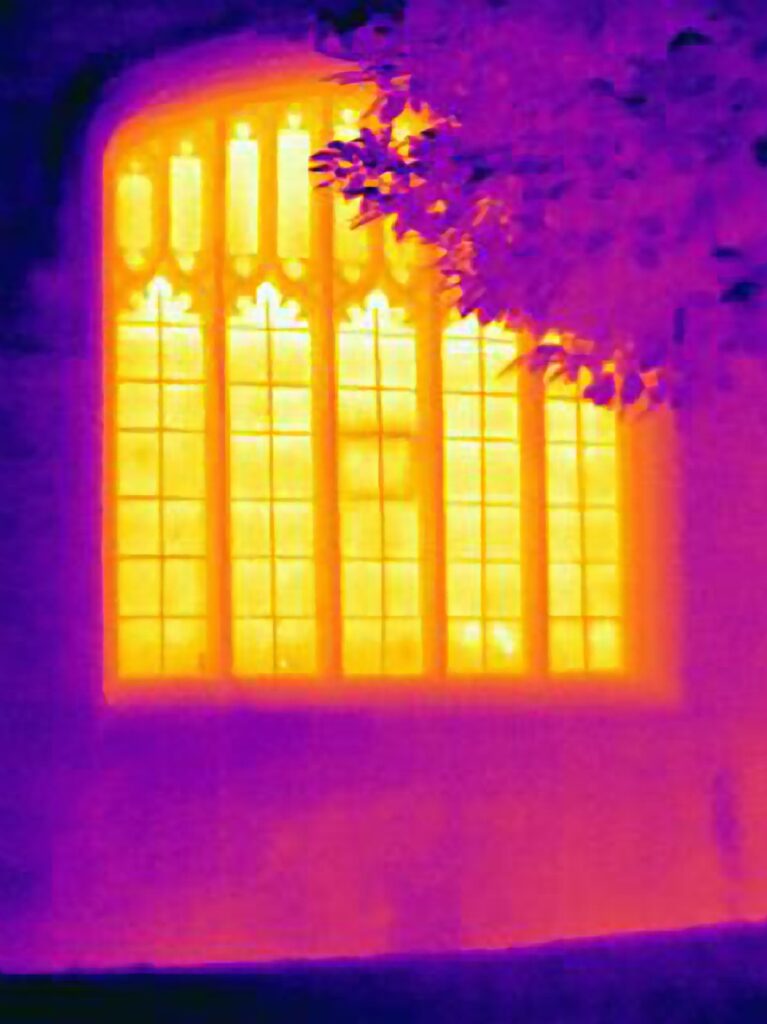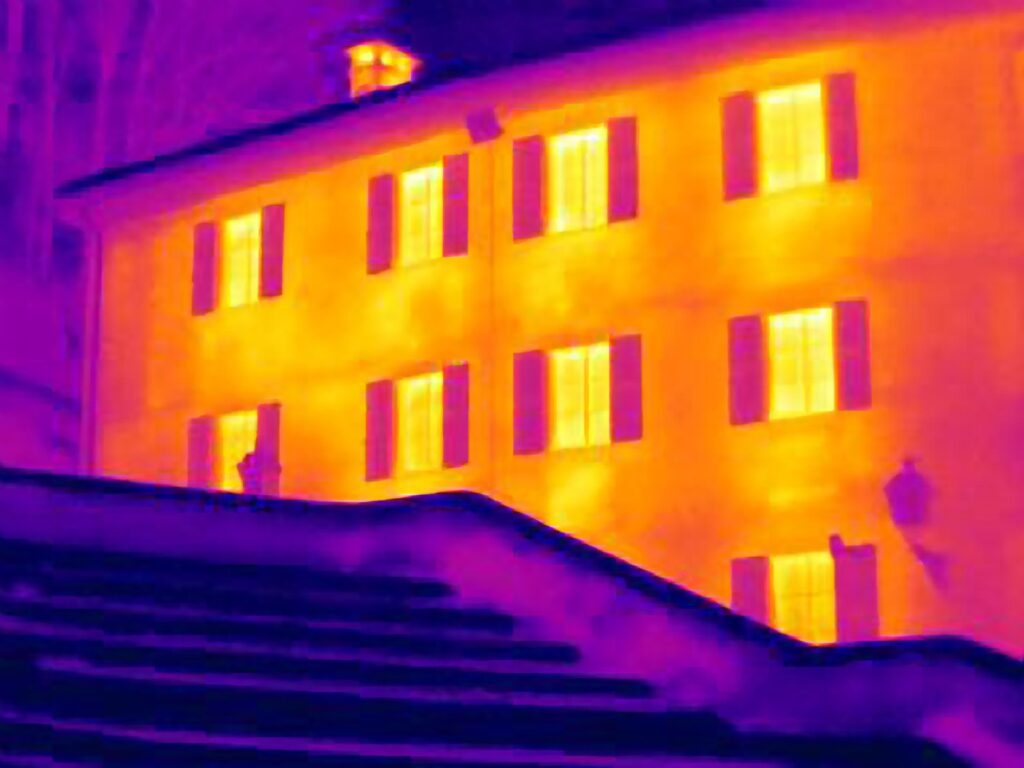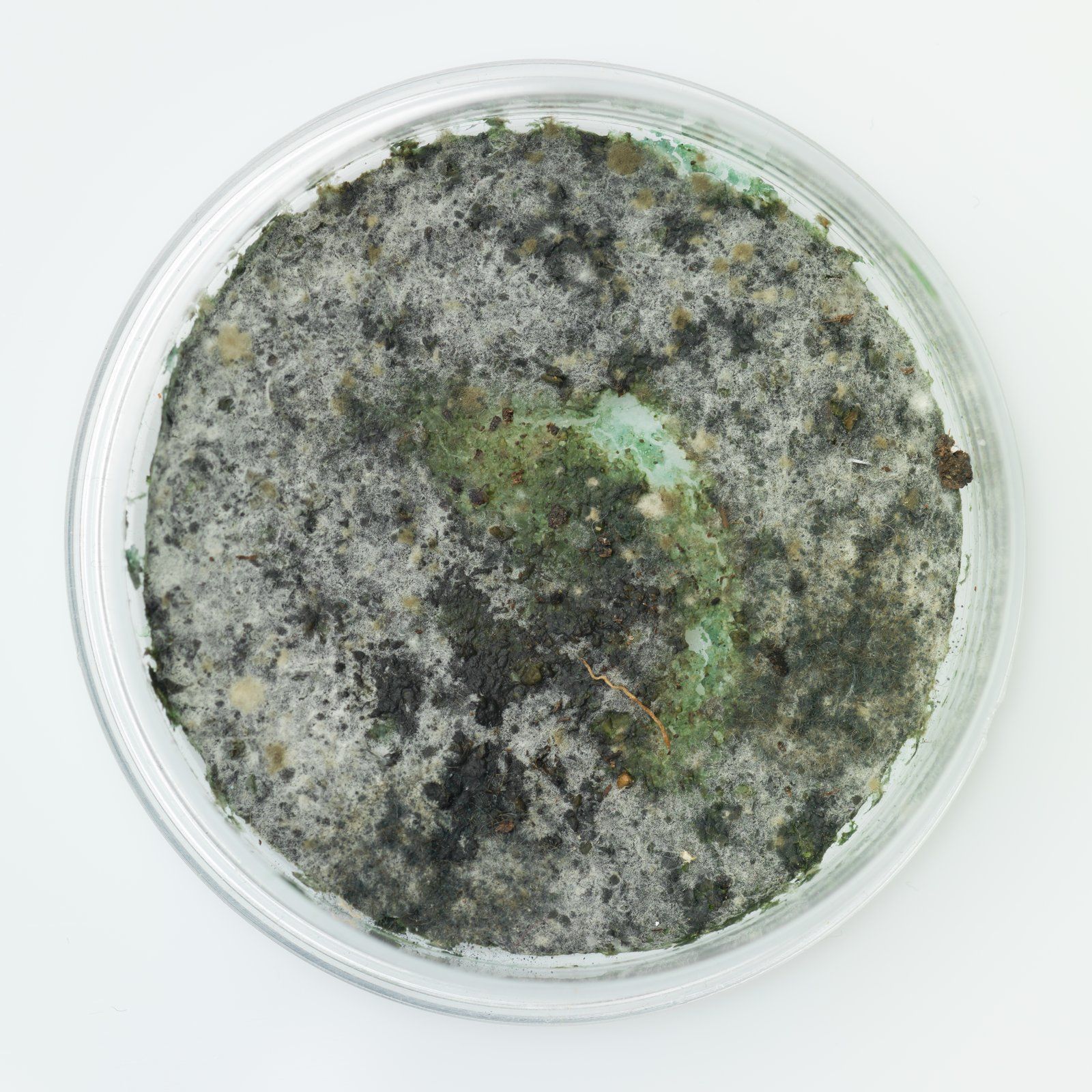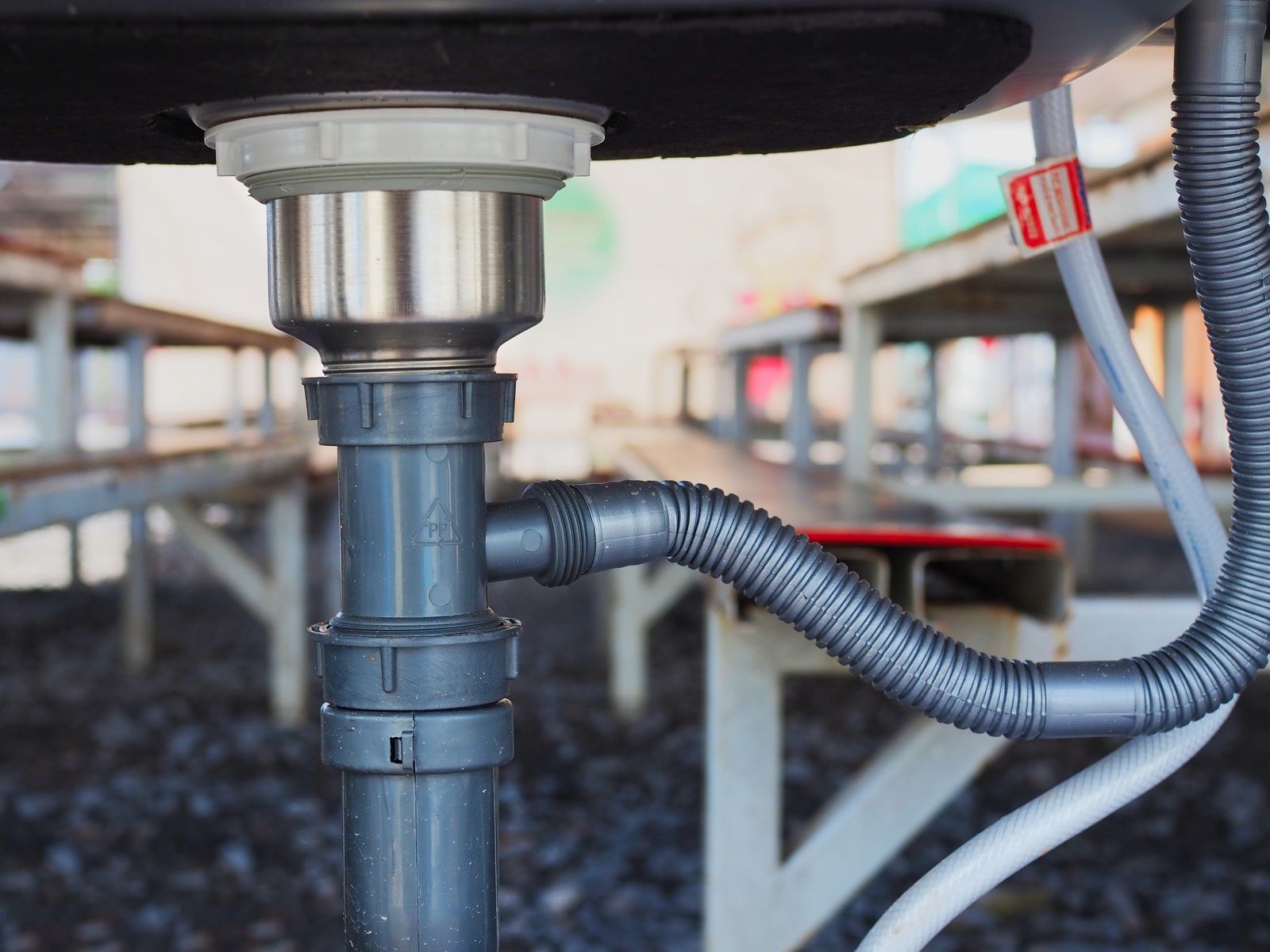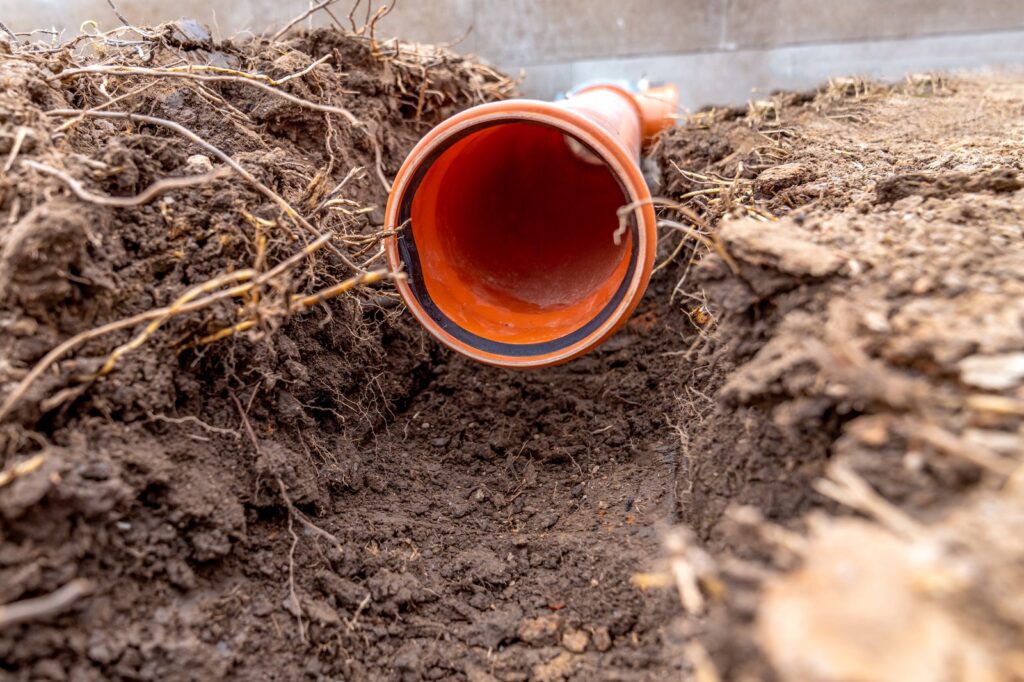Can You Be In The House During A Radon Test?
If you’re getting ready to test your home for radon, you might be wondering if you can still live your life while this thing is going on.
Like, can I cook dinner, hang out, binge a show, or take a nap without ruining the whole test?
The short answer: yes, you can be in the house during a radon test. But there are a few ground rules to follow to make sure the results come out accurate.
The good news is, these rules are simple and super manageable.
In this post, we’ll explain if you can be in the house during a radon test.
Can You Be In The House During A Radon Test?
Yes, it’s totally fine to stay in your home during a radon test.
You can watch TV, make dinner, fold laundry, and do your regular day-to-day stuff as long as you don’t mess with the testing conditions.
To get the most accurate results, you’ll need to follow some specific rules.
The reason for this is that the test measures radon levels, and even the slightest changes in how the house is ventilated can mess with those readings.
Also Read: How Much Does A Radon Test Cost?
Rules To Follow If You’re In The House For The Test
If you’re planning to stay home during the test (which most people do), you must make sure your indoor air stays stable. That means avoiding anything that could stir things up too much.
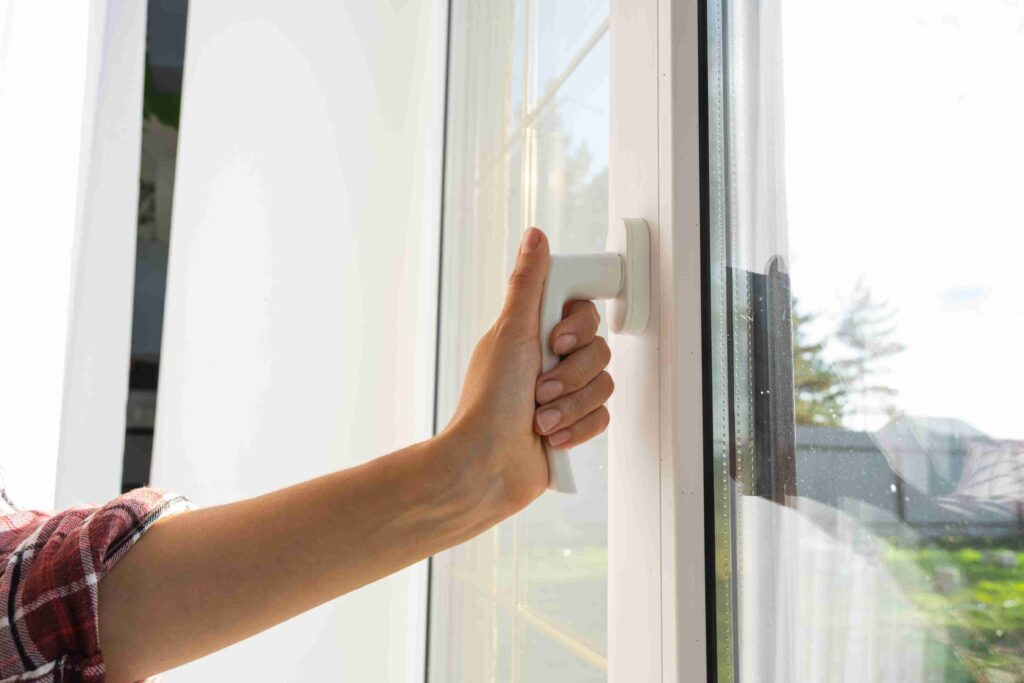
Here’s what to keep in mind:
#1 Keep All Windows And Doors Closed
This one’s big. For the test to give a true reading, the house needs to stay sealed up.
That means keeping all windows and exterior doors shut for at least 12 hours before the test starts, and keeping them closed the entire time the test is running.
You can still open doors briefly to come and go, like letting the dog out or grabbing the mail, but no long, breezy open-door moments.
If it’s chilly out, even better – that’s when homes naturally stay sealed, and the test gets a more realistic read.
#2 Don’t Use Fans Or Ventilation Systems
Any fans or systems that pull in air from outside should be turned off. This includes attic fans, whole-house ventilation systems, or anything labeled as “fresh air” exchange.
They can mess with air pressure inside the home and throw off the test results.
That said, ceiling fans or fans that just circulate indoor air are usually okay.
Also Read: How Accurate Are Air Mold Tests?
But skip anything that moves air in or out of the house from the outside for now.
#3 Avoid Running Exhaust Fans
Bathroom fans, kitchen range hoods, and clothes dryers all fall into this category.
They pull air out of the house, and if used a lot, they can create a vacuum effect that draws radon in from the ground faster than usual.
Using them once in a while is fine (like turning on the bathroom fan for a few minutes after a shower) but try not to keep them running constantly.
Try to keep the air movement minimal and balanced.
#4 Leave The Test Device Alone
This one sounds pretty simple, but it’s worth repeating: don’t mess with the test device.
Resist the urge to check on it or move it around. Once the device is placed, it needs to stay exactly where it is. Even a small shift could affect the results.
Don’t put anything on top of it, don’t try to peek at the numbers, and definitely don’t unplug it.
Also Read: How Long Does A Home Inspection Take
#5 Maintain Normal Indoor Temperature
Try to keep the temperature inside the house as normal as possible.
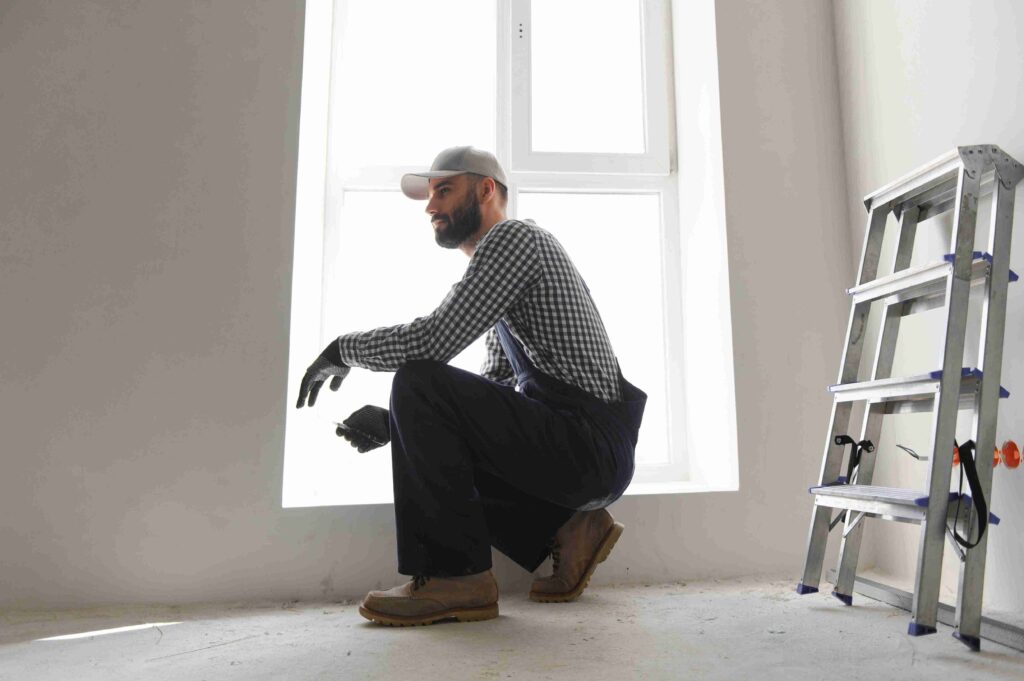
68 – 77°F is the sweet spot for radon testing.
If it gets too hot or too cold, air pressure inside your house can change, which affects the way radon moves, which in turn could influence the radon readings.
So just leave your thermostat alone for a couple of days. Set it to what feels good and let it run like normal.
Why These Conditions Matter
All these rules might seem a little picky, but they’re actually super important.
Radon levels in your house can change based on airflow, pressure, and temperature.
If you open a window or crank a fan, you’re not getting an honest reading of what the air is really like inside your home on a normal day.
For example, if you open a window or turn on a fan, you might pull in outside air that doesn’t have as much radon, or you could push air out of the house that contains radon.
This would make the test results a lot less accurate.
Radon is always in the air, but its concentration varies depending on airflow. Keeping everything as still and consistent as possible makes sure that the radon test is measuring the natural levels in your home, not the levels impacted by changes in ventilation.
What Happens After The Test?
Once the test is done, you’ll either get instant results (if it’s a digital monitor) or you’ll send the kit off to a lab (if it’s a DIY charcoal canister type).
If you use a professional service, they’ll usually email or call with results in a day or two.
So what do you do if the radon level is high?
Don’t panic. There are solid fixes out there. Radon mitigation systems are designed to vent radon out from under your home and keep it from coming in. These systems work well and aren’t as invasive or expensive as people often think.
If your levels are low, you’re good to go. No action needed.
However, you might want to test again in a couple of years or if you do any major renovations.
Bottom Line
You can totally stay home during a radon test. Just pretend your house is on “do not disturb” mode for a couple of days. Close up the place, keep things steady, and let the test do its thing.
It’s not a huge deal, but following these basic rules can make all the difference in getting clear, reliable results.
So, go ahead and relax at home while the test is going on!

